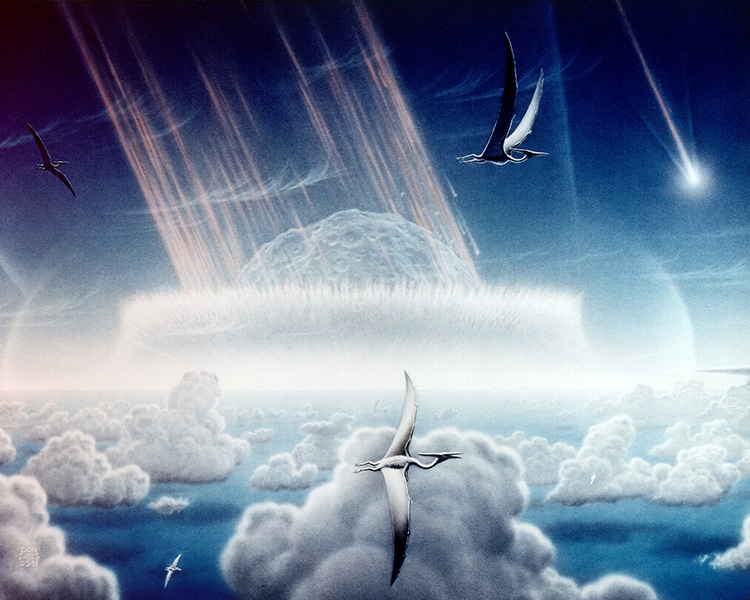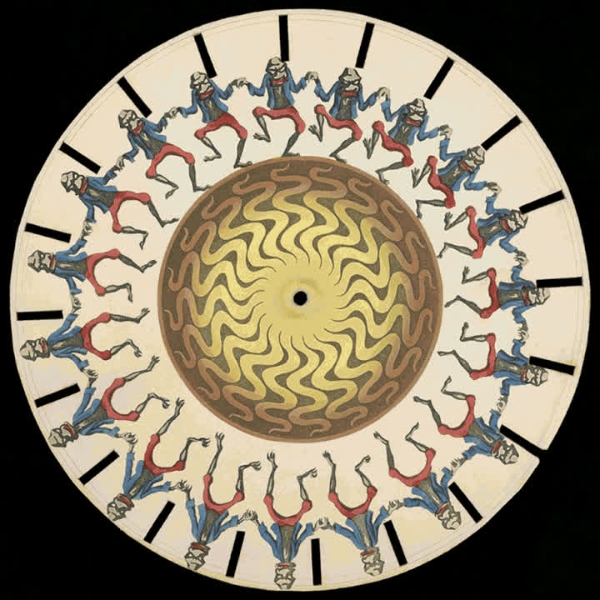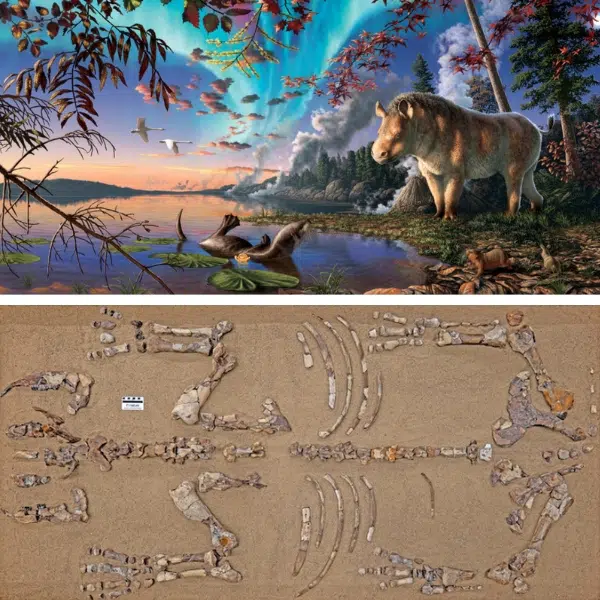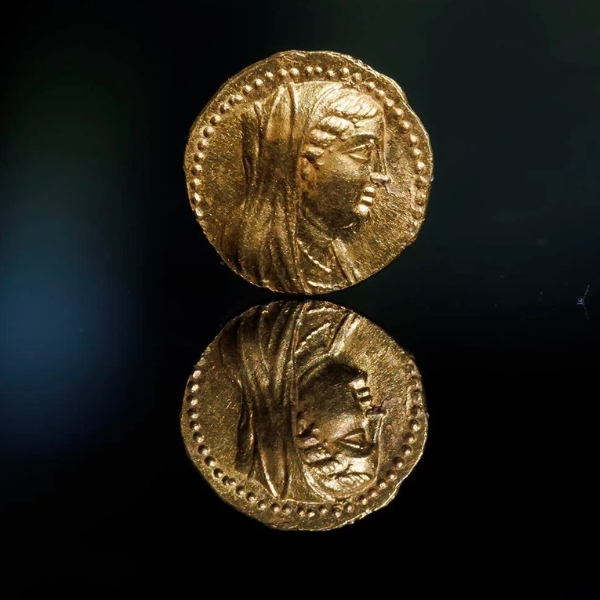
An artist imagines the Chicxulub impact. (Photo: Donald E. Davis/NASA via Wikimedia Commons, Public domain)
Once upon a time, dinosaurs roamed the Earth. Then, 66 million years ago, a gigantic chunk of space rock hurtled into the planet, creating a massive crater and raising clouds of dust and debris. Now known as the Chicxulub impactor, this asteroid obliterated thousands of species, including the massive land-roaming dinosaurs of yore. Yet much mystery still surrounds this event despite ample geological and paleontological research. A new paper in Science has helped solve one question: what type of space rock crashed down into Earth? As it turns out, a carbonaceous asteroid is the most likely answer based on the presence of Ruthenium, an element very rare on our planet.
Mario Fischer-Gödde of the University of Cologne, Germany, took a new tactic to help prove the recent contention put forward by scientists that the impactor was a carbonaceous asteroid. Carbonaceous asteroids, or C-type asteroids, are common in space, high in carbon content, and they are typically found on the far reaches of our system's asteroid belt. This means it’s from the outer solar system, beyond Jupiter.
Despite being quite common in space, siliceous asteroids are much more likely to hit Earth. Made of silicate and nickel-iron among other materials, these S-type asteroids fly closer to Earth on the inner side of the asteroid belt.
“So far, Chicxulub, among the 500-million-year-old impactors, seems to be a unique and rare case of a carbonaceous-type asteroid hitting Earth,” Dr. Fischer-Gödde told The New York Times.
To identify if the dino-killing asteroid was an S-type or a C-type, the researchers examined what is known as the Cretaceous-Paleogene (K-Pg) boundary. Around the world, the debris from the impact in present-day Mexico settled and formed a thin layer of rock in the geological record. This can be seen from South Dakota to India to Italy.
It divides the two eras in its name, marking geological time with rock high in iridium. Within this boundary, the researchers discovered isotopes of ruthenium. Ruthenium is an element, a metal, which is quite rare on Earth. But its presence in the K-Pg boundary indicates the asteroid's nature.
“It’s the nail in the coffin,” Dr. Fischer-Gödde said. “This ruthenium isotope signature that we measure cannot be anything else other than a carbonaceous asteroid.” This leaves many more questions about the asteroid and those dark days for the dinosaurs that paved the way for our own time.
The Chicxulub impactor, the asteroid which extinguished the dinosaurs, was likely a rare carbonaceous asteroid, raising new questions for scientists.

Ruthenium crystals in gas phase. (Photo: Periodictableru via Wikimedia Commons, CC BY 3.0)
h/t: [The New York Times]
Related Articles:
Meet the Lokiceratops, a Dinosaur With Unique Horns
3,000 People in Dinosaur Costumes Gather in Public To Break a World Record
Three Young Boys Discover Rare Tyrannosaurus Rex Fossil While on a Hike
9,000-Year-Old Petroglyphs Reveal Early Humans Knew About Dinosaurs






















































































